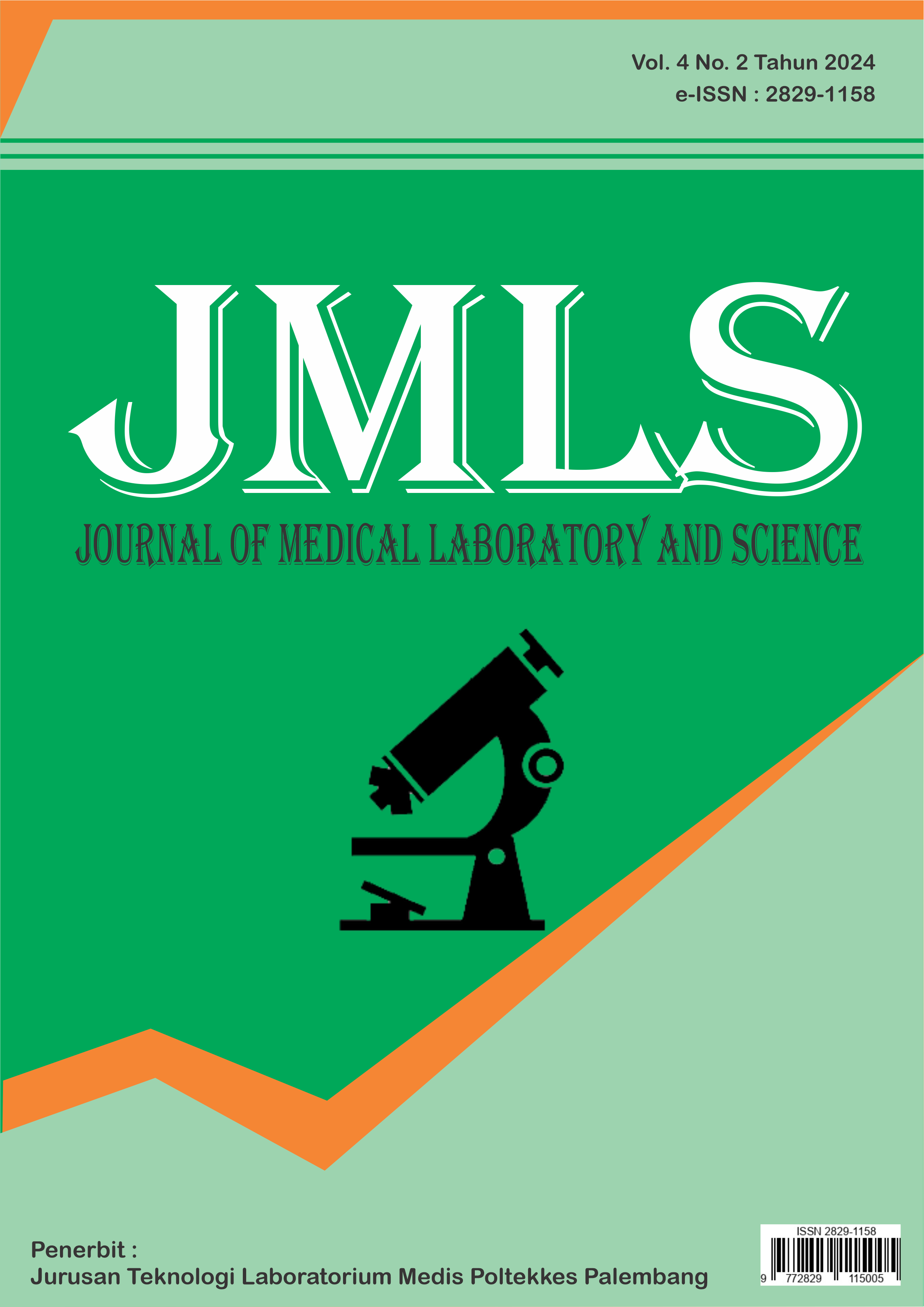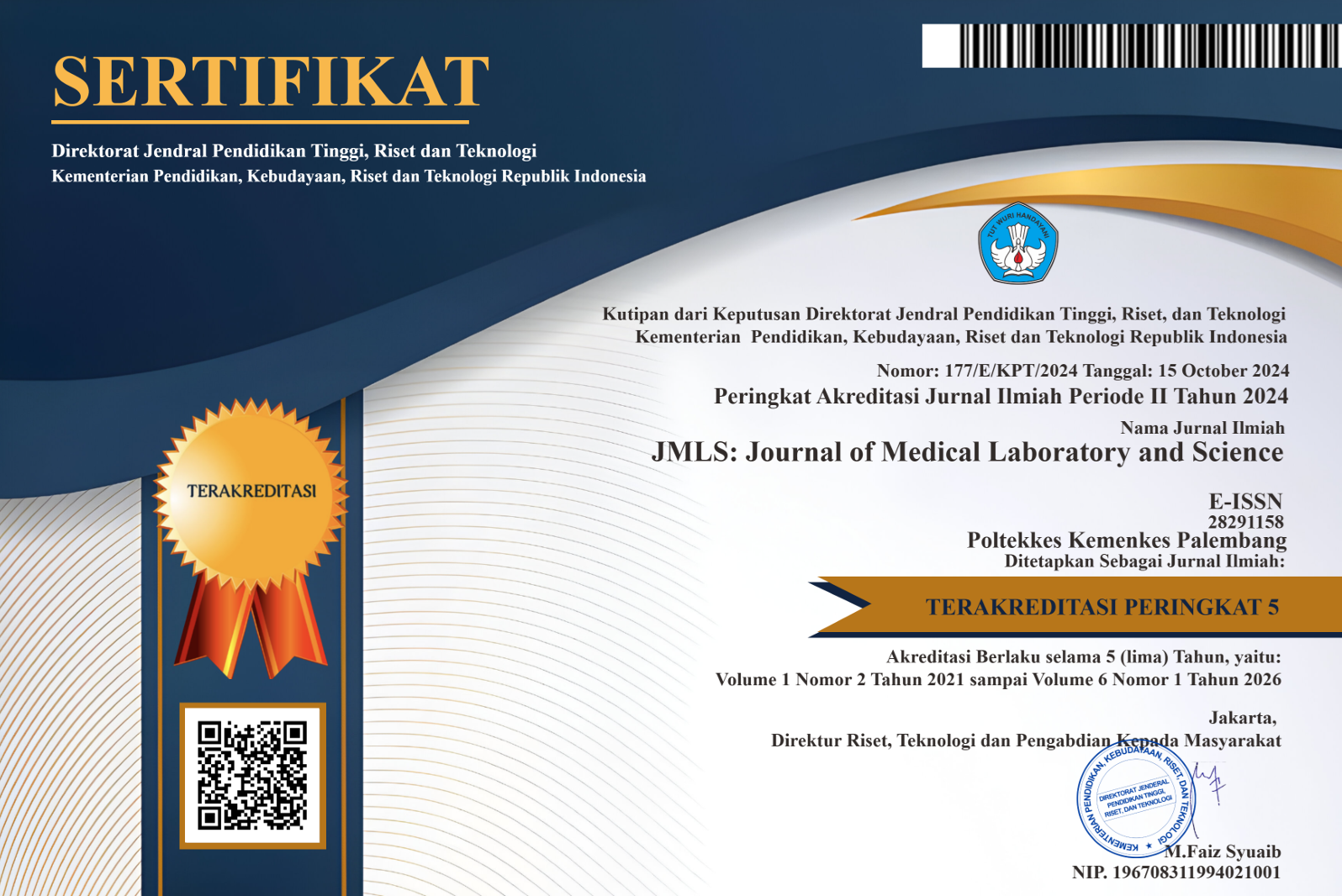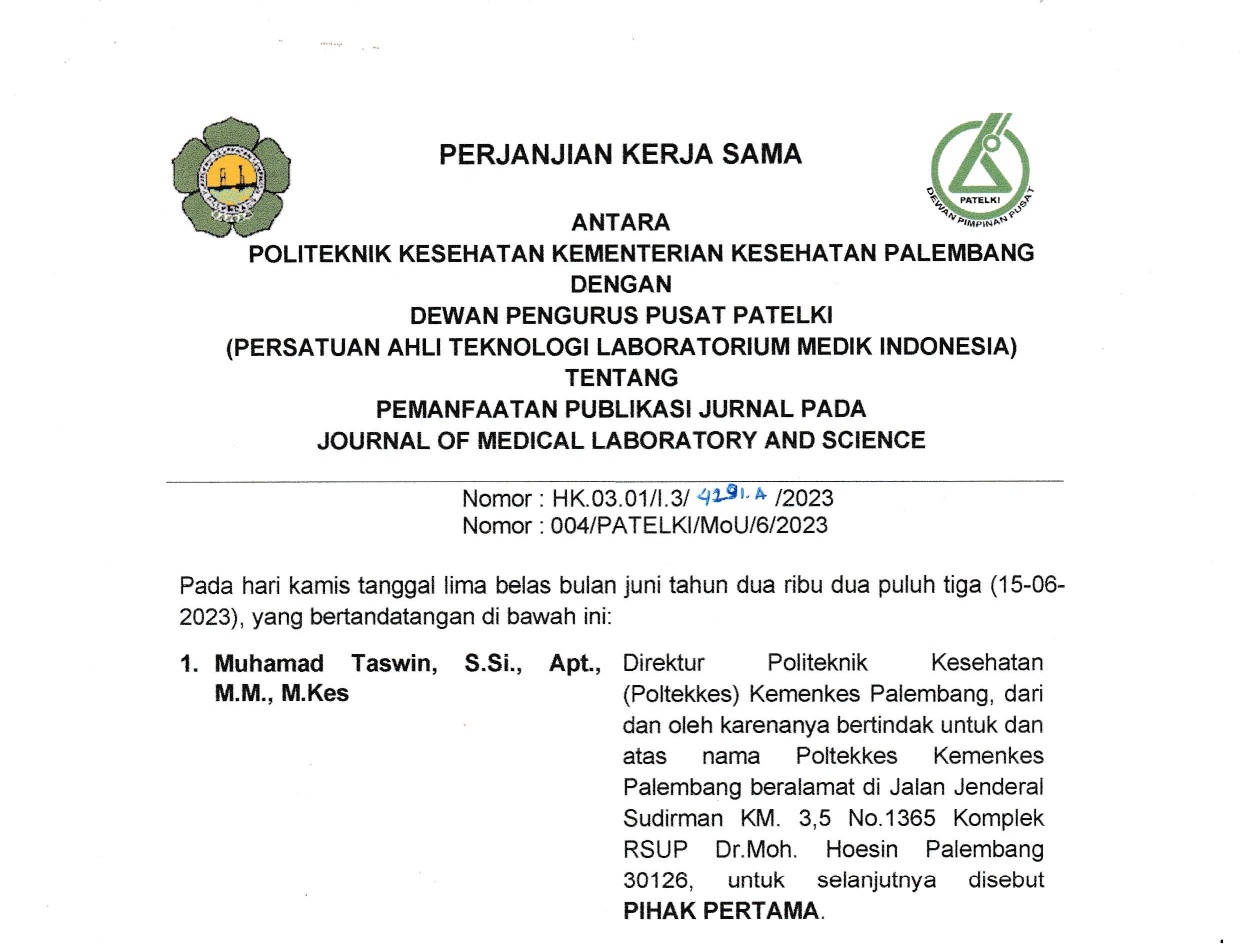POLA KEPEKAAN BAKTERI RESISTEN KATEGORI RESERVE PADA SPESIMEN MIKROBIOLOGIS DI RUMAH SAKIT ADVENT BANDUNG
SENSITIVITY PATTERNS OF RESERVE CATEGORY RESISTANT BACTERIA ON MICROBIOLOGICAL SPECIMEN AT BANDUNG ADVENT HOSPITAL
Abstract
Background: Microbial resistance to antimicrobials is a global health problem. In 2017 WHO divided antibiotics into AWaRe categories: Access, Watch and Reserve. The reserve category is a reserve antibiotic, only available in advanced health care facilities, reviewed by pharmacists, and approved by the hospital's PGA and PPRA. Therefore, the aim of this study was to determine the sensitivity pattern of reserve category antibiotic-resistant bacteria in microbiological specimens in hospitals Bandung Adventist. Methods: This research is a descriptive study, namely collecting data on events that have already occurred, taken from the results of culture examinations and bacterial sensitivity tests at the Bandung Adventist Hospital for the period August 2022 - August 2023 as secondary data, and primary data from September - October 2023. Results: Results research from 996 specimens sent to the laboratory, obtained 217 bacterial isolates (21.79%). Based on Gram staining, Gram negative was known to have a total of 169 isolates (77.89%), while Gram positive contained 48 isolates (22.11%). The most common susceptibility pattern of resistant bacteria in the reserve category in Gram negative was Acinetobacter baumannii, from 34 isolates 28 isolates were found to be resistant (82.35%), and Salmonella typhi from 4 isolates were all resistant (100%) to the antibiotic Cefepime. In the antibiotic Aztreonam, only Pseudomonas aeruginosa were used. Of the 31 isolates, 13 isolates were found to be resistant (41.93%), while in the Colistin class of antibiotics the most resistance was found in Pseudomonas aeruginosa, of the 31 isolates, 4 isolates were found to be resistant (12.90%). ). Of the Gram positives examined only the antibiotic Linezolid was found mostly in Staphylococcus aureus, from 29 isolates 3 isolates were found to be resistant (10.34%).
Keywords : AWaRe, Acces, Watch, Reserve
Copyright (c) 2024 Journal of Medical Laboratory and Science

This work is licensed under a Creative Commons Attribution-ShareAlike 4.0 International License.
Authors who publish with this journal agree to the following terms:
- Authors retain copyright and grant the journal right of first publication with the work simultaneously licensed under a Creative Commons Attribution License that allows others to share the work with an acknowledgement of the work's authorship and initial publication in this journal.
- Authors are able to enter into separate, additional contractual arrangements for the non-exclusive distribution of the journal's published version of the work (e.g., post it to an institutional repository or publish it in a book), with an acknowledgement of its initial publication in this journal.
- Authors are permitted and encouraged to post their work online (e.g., in institutional repositories or on their website) prior to and during the submission process, as it can lead to productive exchanges, as well as earlier and greater citation of published work














